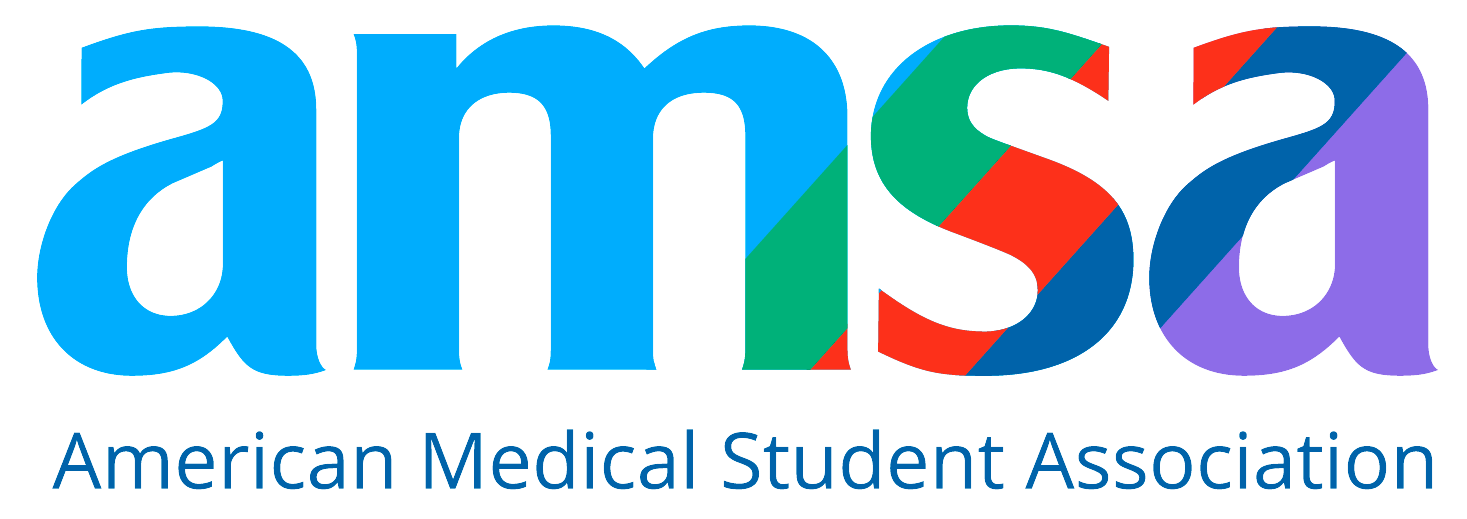How to Read MCAT Science Passages in 2025: Strategies That Work
Go-Elective Abroad
How to Read MCAT Science Passages in 2025: Strategies That Work
Reading science passages well is one of the fastest ways to lift your MCAT score. The exam’s three science sections: Chem/Phys, Bio/Biochem, and Psych/Soc mix dense passages with figures, tables, and experiment blurbs, then ask you to reason from the text (not from outside trivia). Below is a tight, repeatable approach you can practice until it’s second nature.
Looking for a premed internship, PA or medical elective abroad? Inquire here.
A Simple, Repeatable Passage Method
1) Preview the skeleton (30–45 seconds).
Glance at titles, figures, axes/units, and bold/italic terms. Your goal: a mental map—What’s being studied? Which variables show up? Any control vs. treatment hints?
2) Read actively with a “5-word gist” per paragraph.
After each paragraph, jot 5–8 words that capture the point, not the details (e.g., “Enzyme X ↑ with pH,” “Study design: crossover, n=24”). Underline: definitions, hypotheses, controls, surprising results.
3) Decode figures before over-reading prose.
For every table/graph: identify axes + units, trend direction, and any outliers. Ask, “What claim does this figure support?”
4) Tag what matters; ignore fluff.
Use a quick annotation legend: ★ key result, ∆ change/exception, ? unclear, C control, V variable. You’re building a roadmap you can mine during questions.
5) Answer with evidence, not vibes.
When a question references the passage, find the line/figure that proves the choice. If you can’t point to it, it’s probably a trap (too broad, outside knowledge, or extreme).
6) Pace like a pro.
Aim roughly ~8–9 minutes per passage set (read + questions) and ~1 minute per discrete. If you’re stuck at 60–75 seconds on a single question, eliminate, guess, mark, and move.
Question Tactics That Protect Points
i. Prediction first.
Before looking at choices, form a quick answer from your notes/figure. Then pick the choice that matches your prediction.
ii. Math without the mess.
Estimate, track units, and only calculate precisely if two choices remain.
iii. Strengthen/weaken logic.
For design questions, ask: did they control confounders, randomize, or replicate? For mechanism questions, pivot on cause → effect language in the passage.
Iv. Trap spotting.
Out-of-scope (info never mentioned), extreme wording (“always,” “never”), reverse causality, and answers that use a vocab word from the passage but flip the meaning.
Understand the Typical Passage Structure
- Intro: context + question/hypothesis + key definitions.
- Methods/Setup: model/organism, variables, controls, measurements.
- Results: figures/tables + short statements.
- Interpretation: what results mean; limits; next steps.
Knowing this arc helps you predict what’s coming and park your attention where points usually hide (figures and comparative statements).
What to Do When a Passage Feels Impossible
I. Zoom out, don’t dig in.
Re-state the big idea from each paragraph/figure in one line. You don’t need every detail to answer most questions.
II. Let the questions teach you.
Skim questions to learn which parts matter, then return to targeted spots in the passage.
III. Use figures as lifelines.
Many answers live in axes, units, and relative changes. Especially when prose is heavy.
IV. Keep momentum.
Commit to a hard stop on any single question; protect time for later points.
A 20-Minute Daily Drill That Works
- One science passage set, fully timed.
- Review each miss: identify the evidence you should have used and the trap you fell for; write a one-line rule to avoid it next time.
- Re-do the 2–3 hardest questions untimed using only the passage/figures.
FAQs: How to Read MCAT Science Passages
#1. How much passage time should I spend before touching the questions?
About 2–3 minutes for a solid skim + figure read is plenty for most sets. If a passage is very figure-heavy, shift more time to visuals and less to prose.
#2. Should I read the questions first or the passage first?
Do a brief passage/figure preview first to build context, then tackle questions. Peek at question stems later if you need to target where to reread.
#3. How do I handle unfamiliar terminology?
Anchor with context clues and definitions the passage provides. On the MCAT, you’re graded on reasoning from what’s written, not on recalling every term from memory.
#4. Any quick tip for experimental design questions?
Check controls, sample size, randomization, and measurement validity. Ask, “Does this design actually test the stated hypothesis?” Then choose the option that strengthens or weakens that link.
Final Thoughts
Strong science-passage reading is a skill, not a mystery. Preview the structure, read for the point, mine figures for evidence, and answer with proof you can underline. Layer that method onto steady, timed practice and disciplined review, and you’ll watch your science sections become faster, clearer, and most importantly, higher scoring.
Article Details
Categories
Recent Articles , Pre-health, MCAT/MSAR/USMLE,
Author: Go-Elective Abroad
Date Published: Sep 15, 2025
Travel with us.
Inquire Today!
Go Elective offers immersive opportunities for medical students, pre-med undergraduates, residents, nursing practitioners, and PAs to gain guided invaluable experience in busy hospitals abroad. Discover the power of study, travel, and impact.






